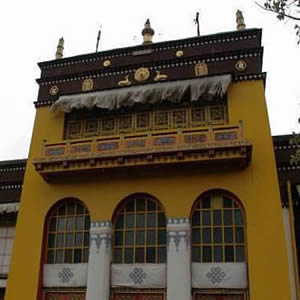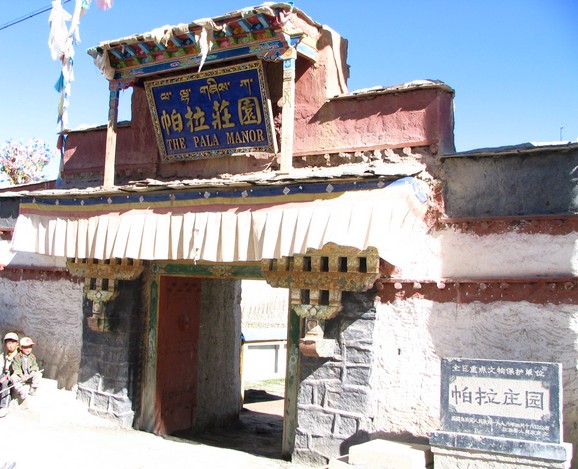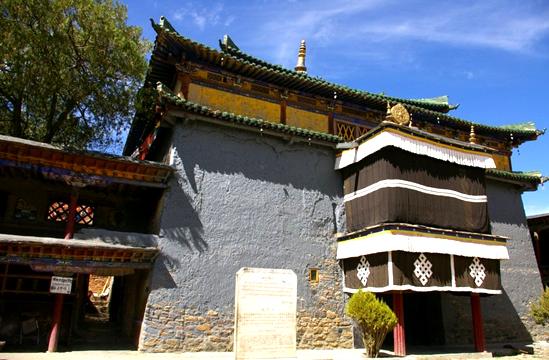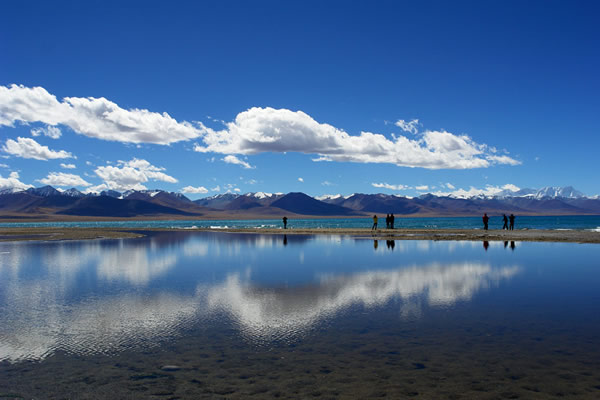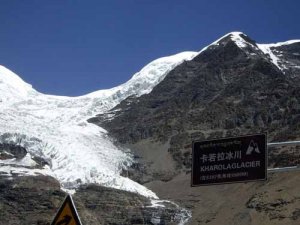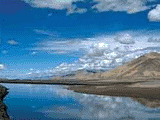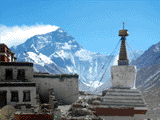Shalu Monastery
Shalu Monastery is a small monastery 22km south of Shigatse in Tibet. It was founded in 1040 by Chetsun Sherab Jungnay, one of Tibet's greatest scholars and teacher about Buddhism scriptures. For centuries it was renowned as a centre of scholarly learning and psychic training, and its mural paintings were considered to be the most ancient and beautiful in Tibet. Shalu was the first of the major monasteries to be built by noble families of the Tsang Dynasty during Tibet's great revival of Buddhism, and was an important center of the Sakya tradition.
In 1329 a devastating earthquake demolished the temple of Shalu but was later rebuilt in 1333 by local lords under the command of the Mongol Emperor of China. The new architectural framework of the monastery was dominated by Mongolian styles with massive inward-sloping walls around a main courtyard and strong woodwork and glazed roof tiles from Qinghai. At the time of the new establishment in the 1330s Shalu Temple was under the command of the 11th Abbot Buton Rinchen Drub who lived 1290-1364. Buton was a capable administrator and a prodigious scholar, and he is also Tibet's most celebrated historian.
Shalu Lakhang temple is in the centre of the monastery. On the ground floor, in the Tshomchen, Sakyamuni and his disciples are enshrined. The chapels flanking it house the Tanjur and the Kanjur books respectively. Chapels on the roof floor are typical Chinese blue tiled structures, housing Sakyamuni, Buton, and Arhats Buddhas. Massive delicate and old murals cover the walls of the monastery, mostly depicting stories from the life of the Buddha. Restoration and preservation are badly needed to protect those arts.
Shalu Monastery has four religious treasures of grate value. One is a sutra board, which is 700 years old and impossible to be reassembled if it is ever broken apart. A passage of sutra is printed on the board and is believed to bring good luck. The second treasure is a brass urn. It contains holy water that can cleanse away the 108 filths of human existence. The urn is usually sealed and covered with red cloth. The water is changed every 12 years. The third treasure is a stone basin that was once Chetsun Sherab Jungnay's washbasin. The fourth treasure is a stone tablet on which the mantra "om mani Padme Hum" is written and four dagobas are carved. It was discovered during the original construction of the monastery.
In 1988, Shalu Monastery was promoted to a key national cultural protection unit. Now, it has become an important site for both tourists and religious worshipers.Relevant link


